With the replacement of mobile phones, from the thousand yuan to the flagship, fast charging technology is becoming more and more popular. Qualcomm's QC2.0/3.0, MediaTek's MTK PE, OPPO/VIVO's VOOC, Huawei's FCP and other fast-charged technologies have become segregated. , dazzling, and the most common is QC3.0/QC2.0 and MTK PE. LeTV launched the EQ-24BCN, a charging head that supports both fast charging technologies because of its mobile phone. This time it is the charging head.
The charging head adopts a rectangular design, such as the elongated apple green dot charging head, the top of the charging head is frosted, and the new LOGO and QC3.0 logo printed by Levision are printed.
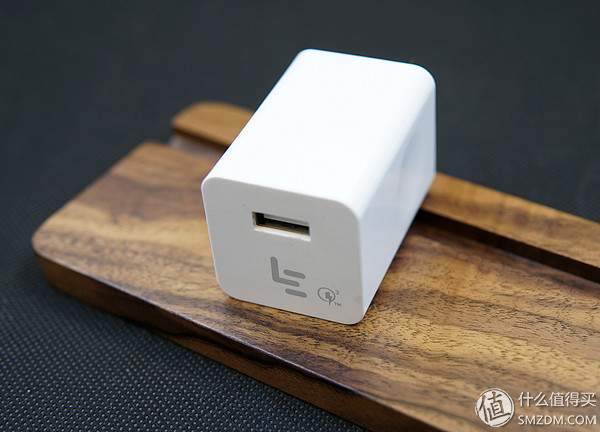
The bottom is light gray with matte material. Labeled models, various certifications. See output 3.6V-8V nominal maximum current 3A, 12V maximum current 2A, nominal power 24W, can hold most QC3.0 on the market, MTK PE fast charge mobile phone

Around the charging head is a bright surface treatment, round concave design on both sides, to increase the friction for pulling and inserting the charging head

Pins do not absorb magnets

USB port is not adsorbed

Compare with common fast chargers

It can be seen that the LeTV charging head adopts a square design, which is much narrower than the common charging head, and will have better compatibility and greater space for heat dissipation when inserted into a row plug.
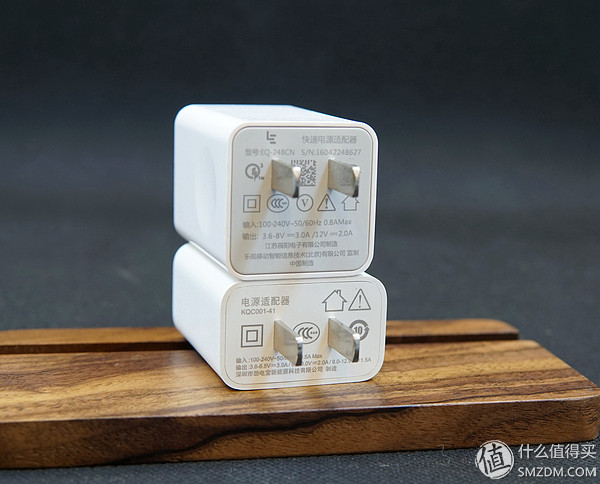
Longer but still acceptable
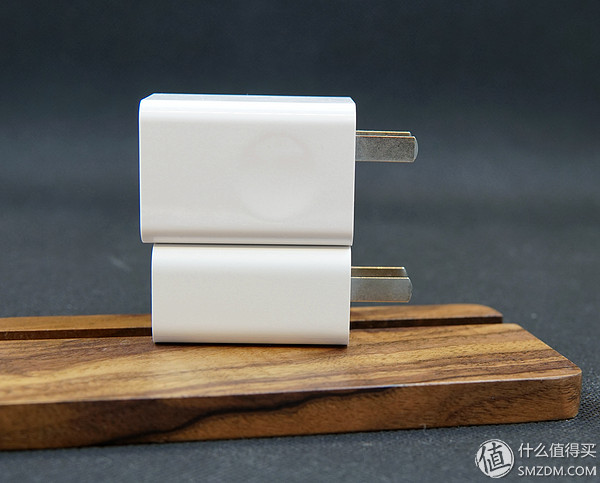
USB socket comparison

Actually rushed down the phone to try
SONY Z3 successfully activated 9V charging instructions QC2.0 support OK
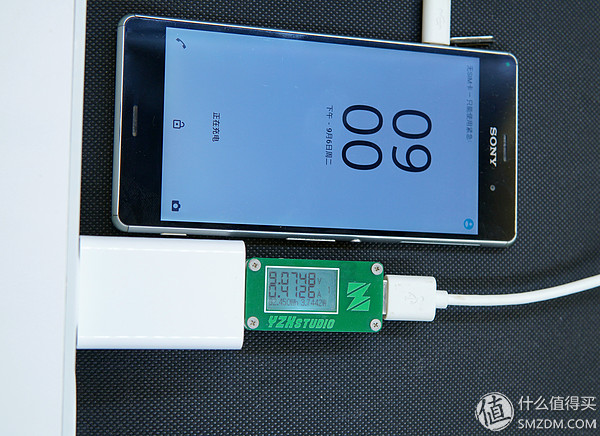
Nubia Z11 successfully activated 6.2V charging. Description QC3.0 support OK

MX5 successfully activated 12V charging, MTK support also no pressure,

Millet plate 2 is charged to 5.29V 2.7A, you can see there is still a higher voltage level at such a large current
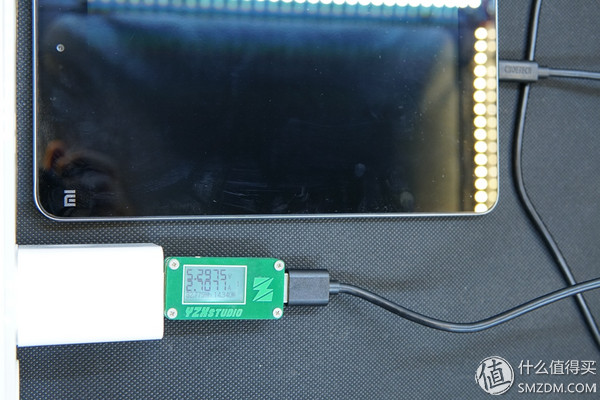
Use the EBD-USB to perform the next current stepping test on the charging head:
The initial voltage at 5V is 5.07V, and there is a good level of line compensation. The maximum current is 3.3A. At this time, the voltage is 5.27V and the power is 17.4V. This power is close to the output power of the QC charging head when it is fast charged. Good

The initial voltage is 9.07V at 9V, the cable is wired up, the maximum current is 2.9A, the voltage is 9.17V, and the power reaches a staggering 26.6W.
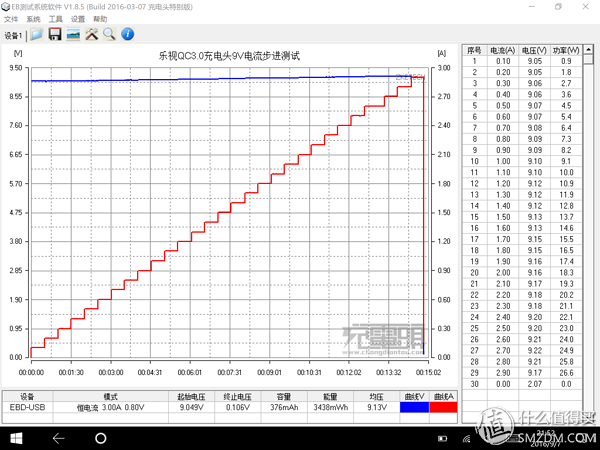
The initial voltage is 12.15V at 12V, there is a slight line compensation, the maximum current is 2.1A, the voltage is 12.19V, the power reaches 25.6W, still exceeds the nominal 1.6W

LeEco is compatible with the most common QC3.0/2.0 and MTK PE fast charging solutions, providing superior output and better heat control under better volume control; powerful output at each voltage Power and good line-up levels prove that this is an excellent charging head.
PS. I started before the event 33, and now the price is a bit high, you can also see the Meizu UP0830, and LeTV basically the same as this parameter.
With the widespread application and rapid development of optical transmission equipment, the use of optical patch cords (ODF) and pigtails in the communication room has also increased dramatically. However, many units do not pay much attention to this aspect of management. The gathering of hundreds of pigtails from all directions to a certain location is a big test for the cleanliness and beauty of the computer room and the safety of business transmission. It can often be seen that after many pigtail jumper operations, the originally neat pigtails and optical jumper racks often become messy, difficult to sort out, and difficult to remove when they are not used. Not only has it seriously affected the appearance of the computer room, but also brought inconvenience to future operations, and also brought a greater threat to the security of the ongoing business.
The ODF rack should be distributed:
It is often seen in the equipment room that certain sections of the trunking are covered with pigtails, overlapping each other, while the pigtails in other trunks are very few. The occurrence of this situation is not conducive to the safety of the transmission business, but also It is detrimental to the beautiful environment of the computer room and causes a waste of resources. The main reason for this phenomenon is that the layout of the ODF rack in the computer room is not reasonable enough, and a large number of equipment that needs to use optical fibers are concentrated in a certain direction of the ODF rack. In order to avoid such phenomena, consideration should be given to the design and construction of the computer room. The ODF frame can be set in the center of the computer room to facilitate the pigtail to reach any position in the computer room, and the distribution of optical transmission equipment in the computer room should be considered.
Set the ODF jumper:
For the failure to make a reasonable layout during construction and design, or for some reason, there is indeed a large number of equipment that has a huge demand for optical fiber resources in a certain direction of the ODF rack, and the sub-ODF rack should be installed appropriately according to the situation. Replace a large number of optical jumpers in the trunking with optical cables. The sub-ODF rack is installed at the near device end. When performing fiber jumper operations between the equipment in the cabinet and the ODF rack, first jump to the corresponding sub-ODF rack and then jump from the sub-ODF rack to the equipment in the cabinet. But it should be noted that this kind of design will have a certain degree of optical attenuation, and the loss of experience value increase is below 1dB.
Optical fiber routing channel:
Due to the limited space resources of many computer rooms, generally only one cabling channel is set in the computer room, and the pigtails are routed together with the electrical signal cables. Because the pigtail is afraid of pressure and lacks a protective layer, if it is not protected by a sleeve, the pigtail is easily damaged and safe transmission is threatened. If the pigtail is protected by a pipe, the pigtail will not be threaded a few times, and the cable duct will be full. The arrival of the trunking is a waste of resources and is not conducive to the beauty of the computer room. If you can use special fiber optic cable routing channels. It can save the pigtail through the pipe protection, which saves resources and is conducive to the beautiful environment of the computer room.
Selection of ODF frame:
(1) There must be sufficient space for storing redundant pigtails.
(2) The flange interface of the ODF frame should be convenient for maintenance. If there is a problem with a flange interface, pull out a certain row where it is located, replace it and use it. (The commonly used ODF frame has 12 flanges as a unit, repairing one core will affect the other 11 cores).
Lc Color-Coded Pigtail,Fc Color-Coded Pigtail,Sc Color-Coded Pigtail,St Color-Coded Pigtail,St Pigtail,Ribbon Fanout Pigtail
Shenzhen GL-COM Technology CO.,LTD. , https://www.szglcom.com
